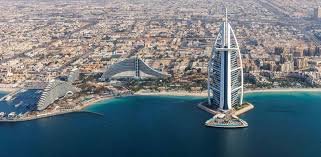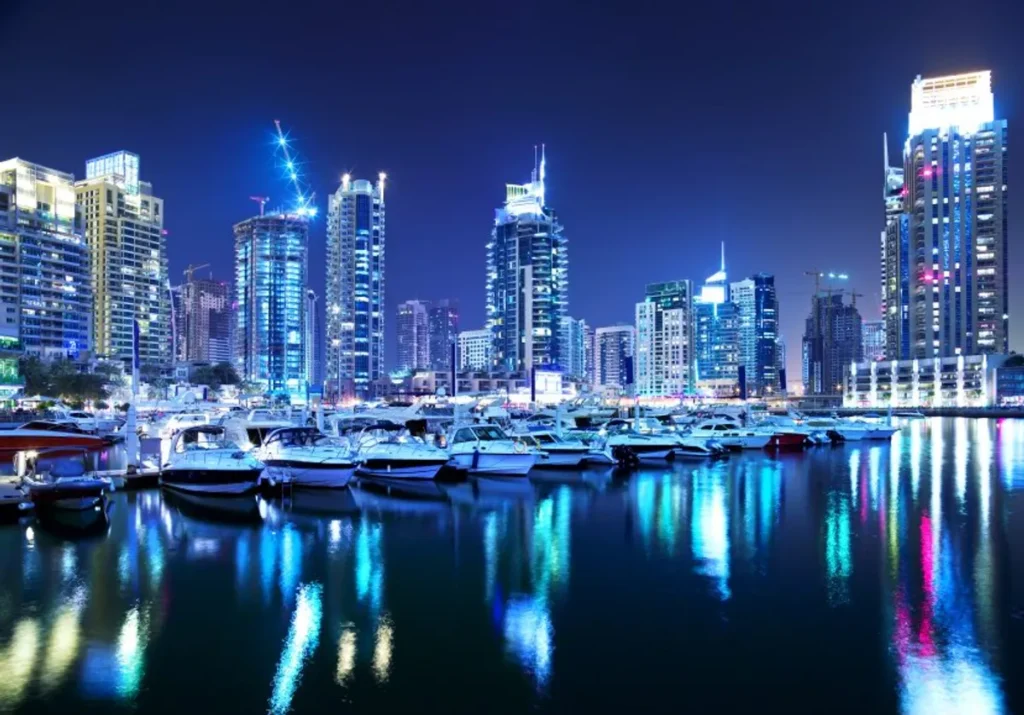Dubai dazzles with超modern architecture and record-breaking megaprojects, but beneath the glitz, building something meaningful—whether a skyscraper, community, or infrastructure—takes real time. From one-of-a-kind developments to smart-city frameworks, Dubai’s pace is ambitious yet deliberate. Here’s how long it really takes—and why patience pays off.
Modern Trends Driving Dubai’s Development
Dubai isn’t just building tall; it’s building smart, green, and integrated communities.
- Modular and prefabricated methods are increasingly used to shave off up to 50% of construction time and reduce waste by roughly 30%.
- Smart-city infrastructure—like IoT, AI-managed systems, autonomous transport—helps streamline urban delivery and efficiency .
- Green building practices are embedded in every project—from solar panels to net-zero energy targets—driven by Emirati sustainability goals .
- Mixed-use “live-work-play” developments integrate residential, commercial, and leisure areas to reduce commute times and foster community.
These strategies accelerate timelines while ensuring meaningful impact.

Iconic Projects & Timelines
Let’s explore iconic Dubai projects to understand how long they actually took:
Burj Khalifa
- Construction: January 2004 – October 2009, ~5 years and 9 months .
- Topping out occurred in January 2009 and opened January 4, 2010.
- Daily pace: about one completed floor every three days.
One Za’abeel
- Construction: Started January 2016; completed December 2023; opened February 2024 (~8 years) .
- Features the world’s longest cantilever (“The Link”) assembled in just 16 days, with precise coordination.
Uptown Tower
- Groundbreaking: January 2019; interior fit-out by mid-2023 (~4.5 years).
- Achieved LEED Gold sustainability standards and mixed-use delivery within typical development cycles.
Dubai Creek Tower (ongoing)
- Broke ground October 2016; design paused mid‑2020; resumed March 2024; new completion TBD .
- Complex mega‑tower with evolving interest: realistic timeline spans nearly a decade (and counting).
Metro Blue Line Extension
- Frames a 2025–2029 schedule: 14 stations, including a record‑breaking 74 m station at Creek Harbour .
- Reflects typical 4‑year construction timeline for major transit infrastructure.

What Determines Timeline Length?
1. Project Scale & Complexity
The physical size and technical nature dictate timelines. Towering skyscrapers like Burj Khalifa or modular mega‑structures like One Za’abeel require intricate engineering and extended schedules.
2. Construction Technology
Modern methods (modular components, prefabrication, BIM) accelerate timelines significantly, often reducing schedules by 30–50% compared to traditional builds.
3. Environmental Conditions
Dubai’s extreme heat and occasional wind demand specialized planning—for cooling concrete, rescheduling work hours—adding weeks or months to timelines .
4. Regulatory & Market Forces
Land acquisition, permitting, labor allocation, and funding cycles often stretch schedules—and pauses like the 2020 pandemic impact timelines (e.g., Creek Tower).
5. Sustainability & Smart Integration
Green certifications (LEED, net‑zero), smart infrastructure additions, and mixed‑use design require extra planning and coordination.
Typical Project Timelines in Dubai
| Project Type | Approx. Timeline |
|---|---|
| Mid‑rise residential (50–200 units) | 2–3 years |
| Mixed-use towers (e.g., Uptown) | 4–5 years |
| Iconic skyscrapers (Burj Khalifa) | 6–9 years (plus fit‑out) |
| Mega-infrastructure (metro, towers) | 4–7+ years |
Modern advances can still only shave time—not eliminate these planning, design, and execution stages.
Why the Wait Matters
- Lasting Quality
Purposeful design, sustainable materials, and rigorous engineering ensure longevity—Dubai builds to stand the test of time. - Global Standards
Meeting LEED, gold‑star hospitality, smart integration criteria fosters long-term reputation and investment appeal. - Balanced Urban Growth
Phased roll‑out allows infrastructure, community services, and transport to grow along with developments—no overwhelmed systems.

Human Stories Behind the Builds
From migrant workers’ contributions to visionary leadership, each project features thousands of individuals driven by a shared purpose. Burj Khalifa’s workers pushed through 50 °C heat to place a floor every three days—that’s human determination fueling Dubai’s progress.
The Patience‑Pays Formula
Dubai’s model: Dream big → plan meticulously → build smart → integrate sustainably. The results? Global icons, world-leading infrastructure, and reputation for delivering transformative projects within a generation.
Final Thoughts
- Yes, building meaningful projects in Dubai takes years—anywhere from 2 to 9+ years depending on scope.
- Yet, each milestone is guided by advanced technology, smart-urban integration, green sustainability, and bold vision.
- And yes, that wait delivers enduring, globally respected results—not just skylines, but liveable, future-ready communities.
Do follow UAE Stories on Instagram
Why trusting the wrong people can kill your startup in the UAE













